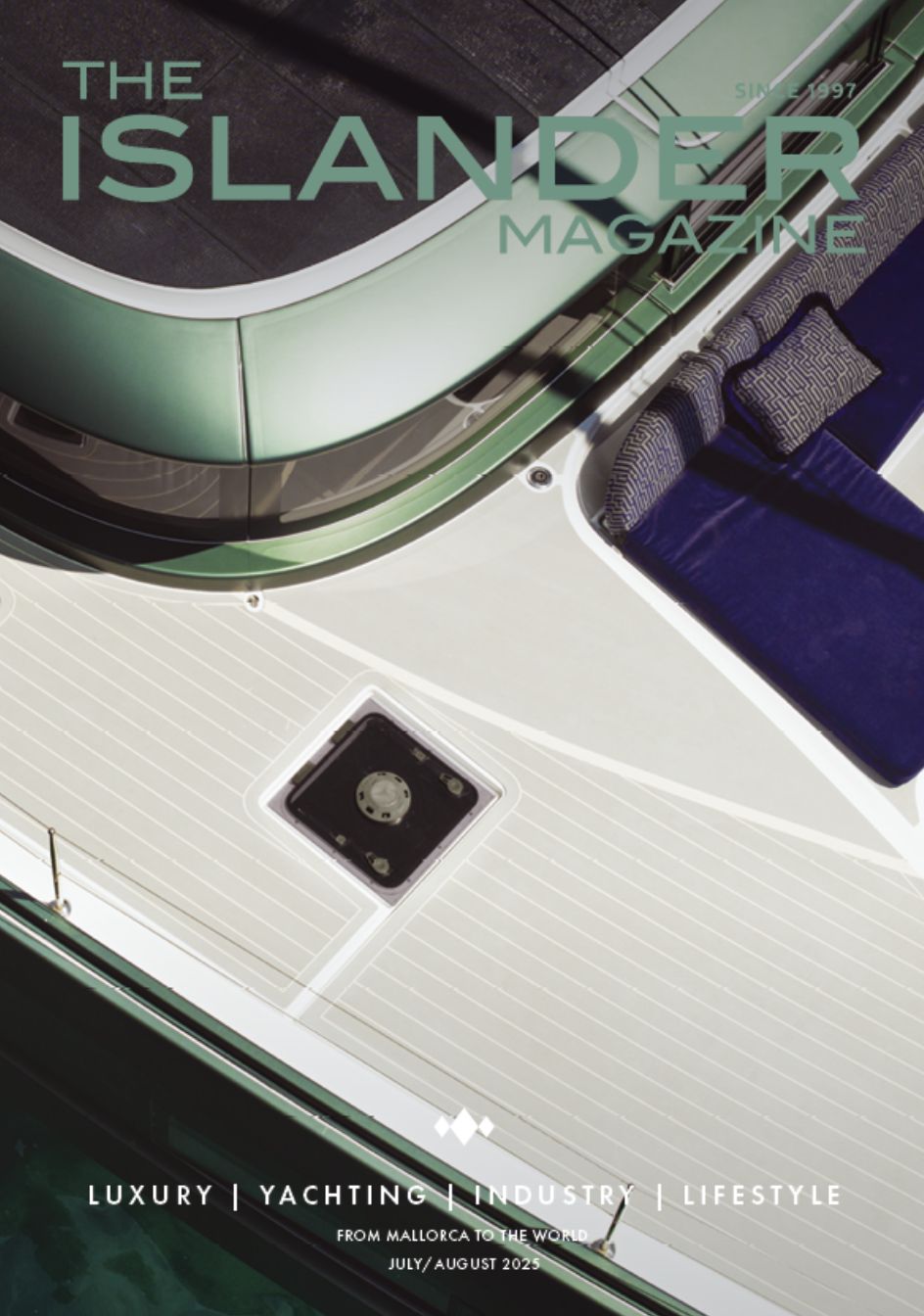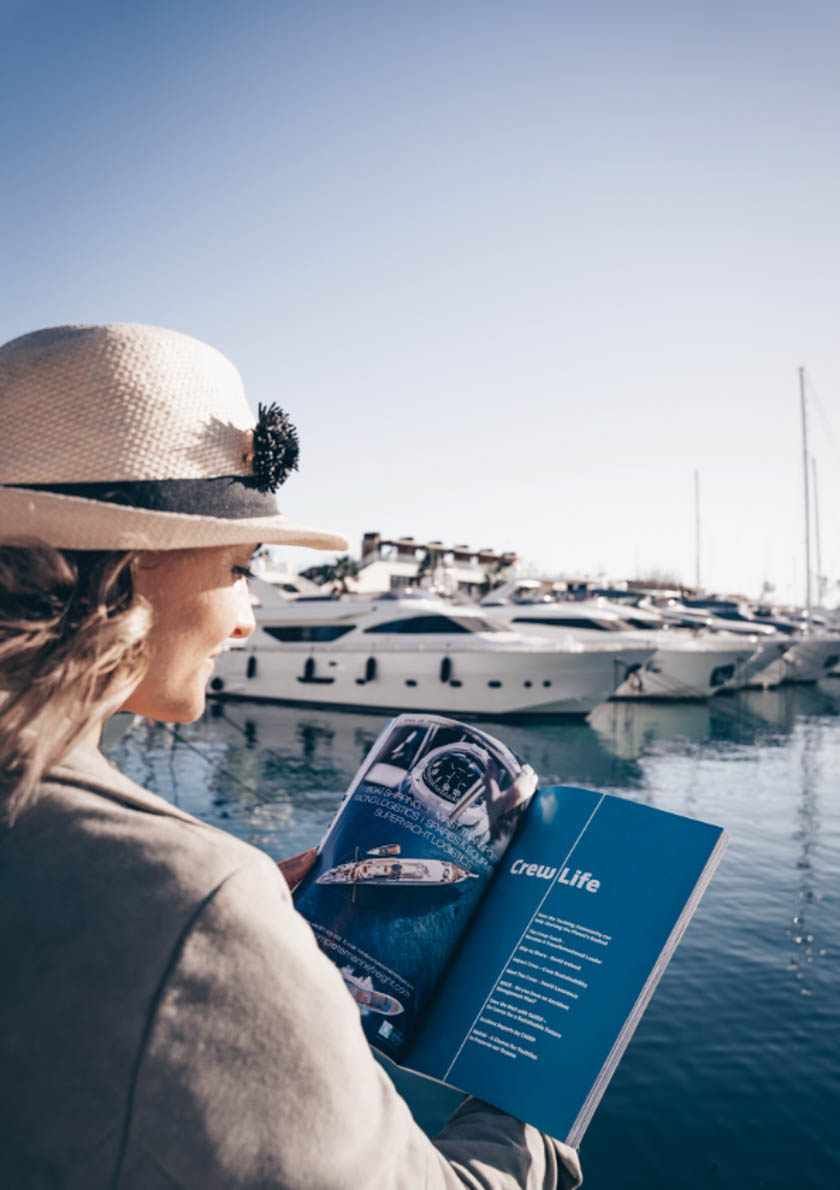“Nurdles” – also known as plastic pellets, are a shining example of how small things can cause giant problems. These tiny spheres of plastic are the raw material for virtually anything that’s made of plastic.
They hit the headlines back in December 2023, as a container ship carrying large bags of nurdles spilled its cargo. Thousands of bags were lost at sea, each of them holding up to a million nurdles. The Galician NGO Noia Limpia raised the alarm, as hundreds of bags washed up on the Rias Baixas coastline, causing an environmental disaster to the region. Surfrider Foundation, along with other organizations, have been campaigning for stricter regulations to prevent further spills. They described the polluting chemicals as a “white tide”, impossible to contain.
But why are they so harmful and what can we do about it?
What are they?
Every plastic object starts out as a nurdle and is melted down into its final shape, from bottles to toys to car parts. Nurdles can vary in size, but they are usually about the same size and shape of a small lentil (2-5mm) and categorised as microplastics. It takes about 600 nurdles to create a plastic disposable water bottle.
Why are they in our waterways?
Although it’s not often talked about, nurdle pollution occurs on a massive scale across the globe. As nurdles are transported from production plants to manufacturing plants, many are “lost” along the way. This is due to careless mishandling by the entire industry with a lack of strict regulations on how to transport the materials. Nurdle spills occur along the entire process: at production sites, at plastic manufacturing sites, while in transit by land, and while in transit by sea. Ultimately, the spilled pellets end up in waterways. In the European Union alone, an estimated 160,000 tons of nurdles are lost every year. Globally, an estimated amount of 11.5 trillion nurdles end up in the sea every year. The issue can’t be ignored.
What’s the harm?
Once nurdles enter the environment, they are almost impossible to clean-up. Small and lightweight, they usually float to the surface and travel long distances, reaching habitats far and wide. Wildlife will inevitably ingest the nurdles, which can displace food and cause starvation, organ damage and death. Nurdles have been found in fish, seabirds, turtles and more. Nurdles can also damage a habitat directly, changing its characteristics and temperature.
Plastic contains chemical additives that are notoriously harmful to both wildlife and human health. Furthermore, microplastics like nurdles act like “chemical magnets” and adsorb environmental pollutants from the water around them. This means a tiny nurdle can carry a nasty cocktail of concentrated toxic substances, from heavy metals to Persistent Organic Pollutants. They’re not as harmless as they look.
Close to home
Anyone who has ever conducted a beach clean, or even observed the sand in Mallorca, will have come across tiny nurdles. These small spheres tend to camouflage into the sand, but once you notice them, they become easier to spot.
Good Karma Projects is an NGO who has been closely studying nurdles in the beaches of Tarragona since 2018. The town is close to a large petrochemical industry that produces two million tons of pellets each year, among other chemical products. Due to poor handling of the product, many of the pellets end up in waterways and wash down to sea. Good Karma estimates that there could be up to 90 million nurdles on La Pineda beach.
Good Karma also found that winds and currents draw these nurdles out to sea and straight to the Balearic Islands. If you’ve ever spotted a nurdle on a Mallorcan beach, there is a very high chance it has come from Tarragona. At the moment, there is a shocking lack of regulations and sanctions for the industry responsible for the pollution.
Let’s Take Action
Here’s the good news: the current European legislation is currently under review, following a regulatory proposal submitted by the European Commission in October 2023. Furthermore, the recent plastic pellet spill in Galicia has a silver lining: it put a spotlight on the issue. This will help strengthen the argument for more strict regulatory actions needed in the EU to prevent further disasters.
A coalition of NGOs are now calling for stronger and more robust legislation that will do more to hold the industry accountable for its own pollution. One that reflects the devastating damage that nurdles are having on the sea and waterways of Europe and beyond.
To find out more and help improve the system you can read Surfrider Foundation’s Open Letter to the EU here. You can sign a petition for safer EU regulations here.
The Heart of the Issue
The presence and necessity for nurdles is just a symptom of a larger problem: society’s rife overproduction and overconsumption of single-use plastic products. At a Mediterranean level, Save the Med has been focusing strongly on prevention of single-use products, working with the hospitality industry in the Balearic Islands, the Balkans, Lebanon and beyond. At a global level, they are a core member of Break Free From Plastic – a politically active movement made up of more than 12,000 organizations, working on a future free of single-use plastics and pushing for lasting solutions. This includes a strong “Global Plastics Treaty”, voted by the UN Environmental Assembly. This aims to include a new set of legally binding global agreements to phase out excessively polluting plastic products. Change is on the horizon.





























0 Comments